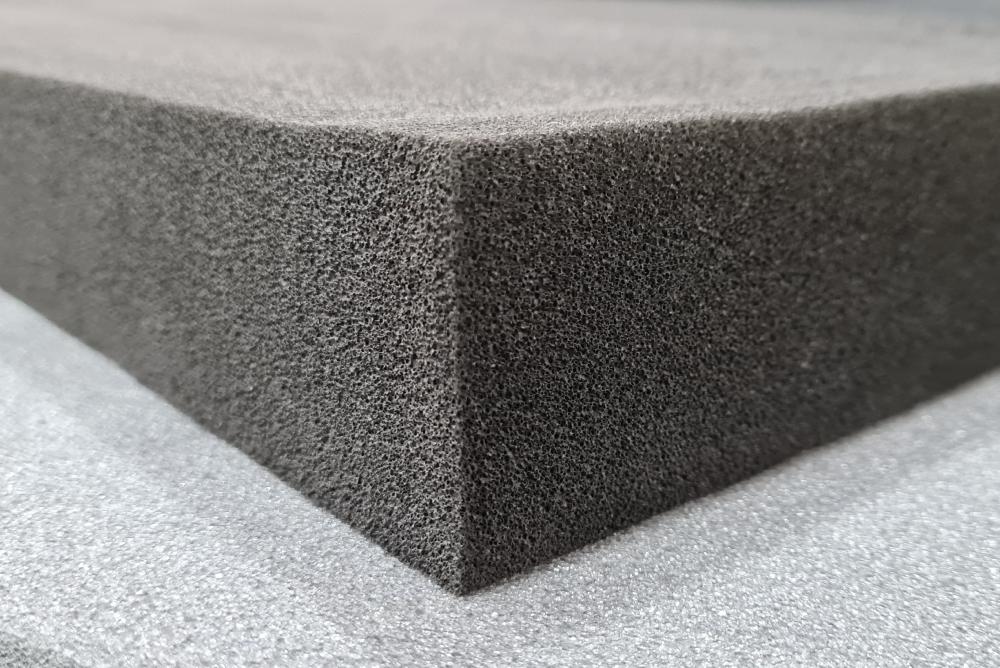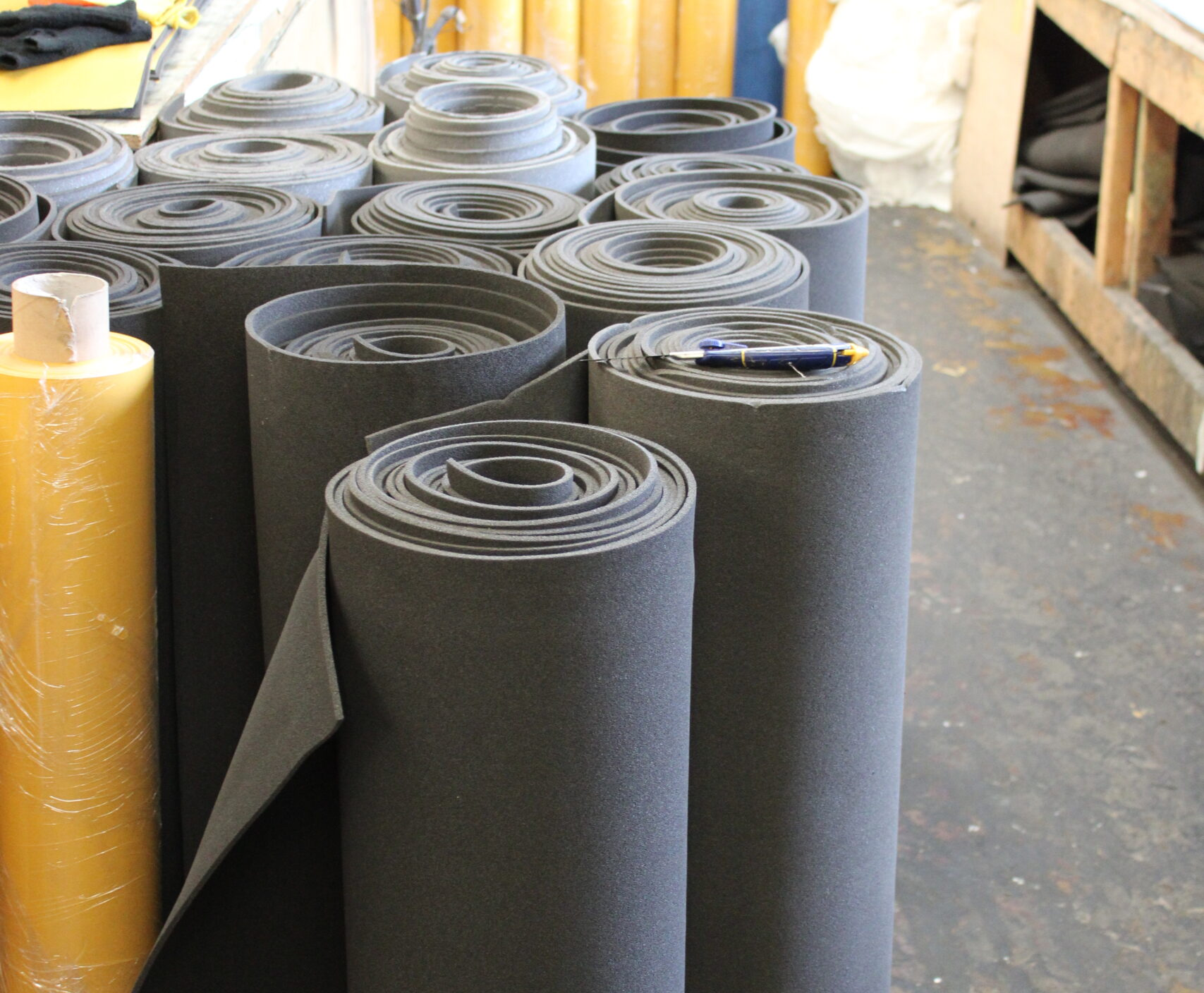Foam is a ubiquitous material found in a wide range of products, from furniture and mattresses to athletic equipment and packaging materials. One of the most critical characteristics of foam is its density, which refers to the mass of a given volume of foam. Density is an essential factor in determining the performance of foam, affecting everything from its durability and compression strength to its comfort and insulation properties.
In this article, we’ll take a closer look at foam density, exploring why it matters and how it impacts foam performance. We’ll also provide tips on how to select the right foam density for your needs and highlight some of the most common applications for different density types.
Why Foam Density Matters
Foam density is a critical characteristic because it impacts a range of performance factors. These include:
Compression Strength: Compression strength refers to how well foam can withstand pressure without deforming or losing its shape. Higher density foam typically has better compression strength than lower density foam, meaning it can support more weight and handle more stress without collapsing or deforming.
Durability: Foam density also affects durability, or how long foam can last without breaking down or deteriorating. Higher density foam tends to be more durable than lower density foam, as it is less likely to compress or deform over time.
Comfort: Foam density is a significant factor in determining the comfort of foam products like mattresses and furniture. Low-density foam tends to feel softer and more comfortable, but it may also compress more easily and lose support over time. Higher density foam, on the other hand, can feel firmer but may provide better support and maintain its shape over time.
Insulation: Foam density can also impact insulation properties, as denser foam tends to have better thermal conductivity. This can be an important factor in applications where heat or cold retention is critical, such as insulation for refrigeration or HVAC systems.
Selecting the Right Foam Density
When selecting foam for a particular application, it’s essential to choose the right density to ensure optimal performance. Here are a few tips for selecting the right foam density:
Consider the Application: The application for which the foam will be used is one of the most critical factors in selecting the appropriate density. For example, a mattress may require a higher density foam to provide adequate support, while packaging foam may only need a lower density to cushion and protect the contents.
Test Different Densities: It’s often helpful to test foam samples of different densities to get a sense of which will work best for a given application. This can involve physically compressing and testing the foam or simply sitting or lying on samples to compare comfort levels.
Consult with a Foam Expert: If you’re unsure about which foam density is best for your needs, it can be helpful to consult with a foam expert. Foam manufacturers can provide guidance and recommendations based on your specific requirements and the intended application.
Common Foam Density Types
There are several common foam density types, each with its own set of performance characteristics and applications. Here are a few of the most common foam density types:
Low-Density Foam: Low-density foam typically has a density of around 1-2 pounds per cubic foot. This type of foam is commonly used in applications where softness and comfort are important, such as furniture cushions and mattresses. However, it may not be suitable for applications requiring higher compression strength or durability.
Medium-Density Foam: Medium-density foam typically has a density of around 2-3 pounds per cubic foot. This type of foam provides a balance between comfort and support and is commonly used in applications such as car seats and office chairs.
High-Density Foam: High-density foam typically has a density of around 3-4 pounds per cubic foot or higher. This type of foam provides excellent compression strength and durability and is commonly used in applications such as seat cushions, packaging materials, and athletic equipment.



